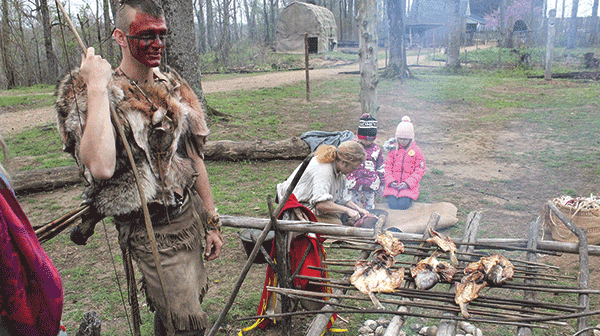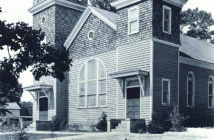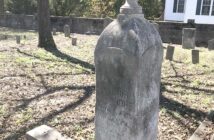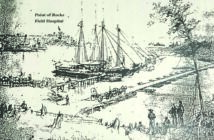Michael Anderson brought his family from Canada to Henricus Historical Park on Saturday to view where his ancestors lived.
Anderson, a Petersburg native who relocated to Toronto a number of years ago, said he found out in recent months that his ancestor 12 generations removed resided on what had been Fort Henricus on the peninsula 40 feet above sea level.
Anderson brought his wife and daughters to the park, which was commemorating the 400th anniversary of Chief Powhatan’s death in 1618. Powhatan, or Wahunsenacah, died at age 72.
While at Henricus, the Andersons talked to several Native Americans who were on site working as historical interpreters, including members of the Nottoway and Pamunkey tribes of Virginia, the Sappony tribe of North Carolina and the Atakapa tribe of Louisiana.
Anderson’s ancestor, William Farrar, emigrated to Virginia in 1618, Anderson said. Farrar married Cecily Reynolds in 1625 after the latter emigrated in 1624.
Anderson said Farrar resided in the Henricus area sometime after an uprising by the Powhatan tribe in 1622 caused the English settlers to return to Jamestown and the Henricus area then came to be known as “Farrar’s Island” for a time.
The English settlement at Henricus lasted from 1611 until the uprising, according to Henricus employee Randall Benton. During that time, Pocahontas was converted to Christianity by Anglican priest Alexander Whitaker, aka “the apostle of Virginia.” Her marriage to John Rolfe was followed by eight years of peace at Henricus, Benton said.
For more information, go to henricus.org.




